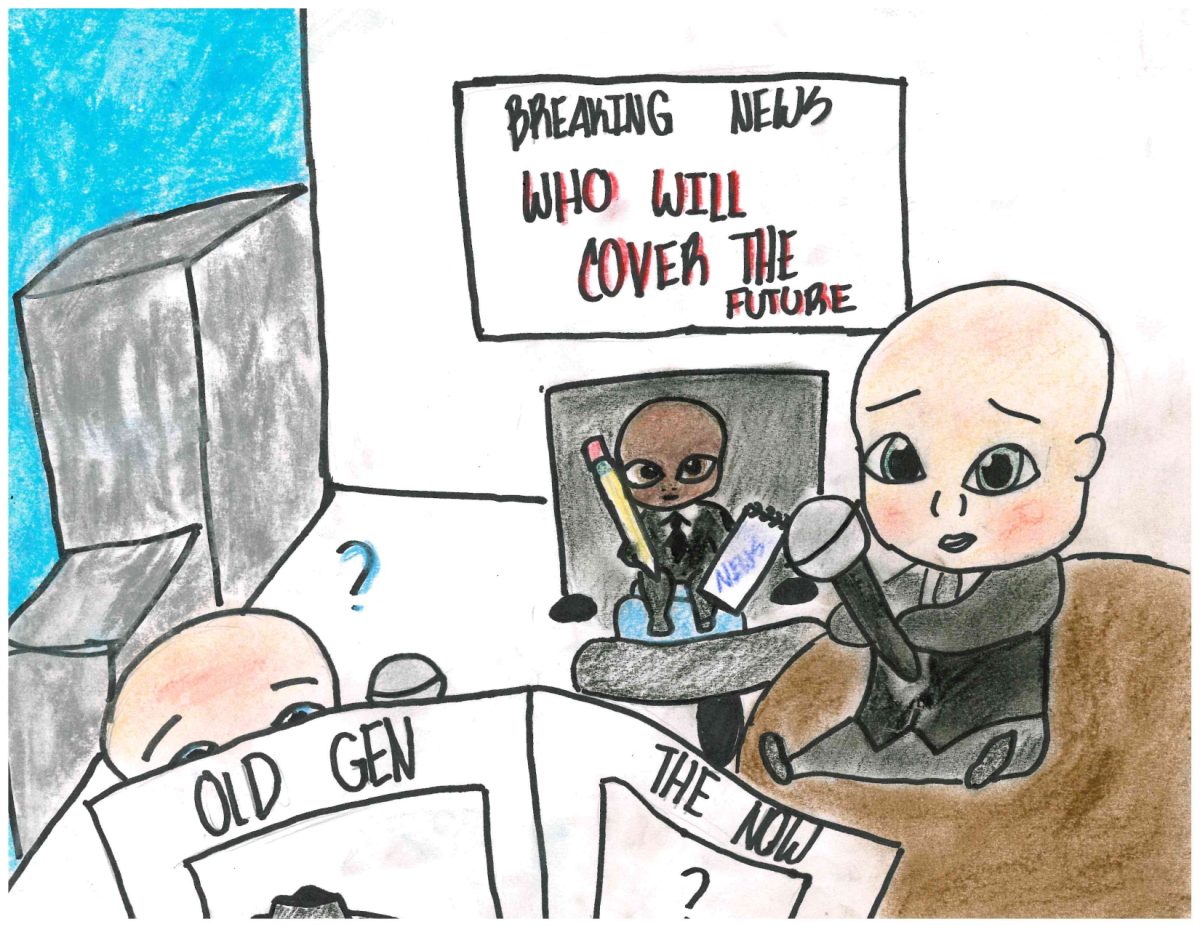Creating diverse spaces is critical to the further development and improvement of society. It is through collaboration with others, and learning from others, that we may begin to understand and tackle systemic issues. The practices of affirmative action have been an attempt to create this diversity, but have fallen short and instigated controversy across many professional landscapes, particularly college admissions.
The practices and spirit of affirmative action has gotten some institutions into some hot water. According to Vox, in the case of Students for Fair Admissions (SFFA) vs. Harvard, a lawsuit was brought against Harvard College for discriminating against Asian-American applicants. The case argued that Harvard held higher standards, particularly in regards to academic performance, when compared to those standards held for other racial and ethnic groups. Benchmarks for academic performance, like SAT scores, revealed that Harvard generally held higher standards for Asian-American applicants. The New York Times, in “Harvard Rated Asian-American Applicants Lower on Personality Traits, Suit Says,” cites that Asian-American applicants generally scored very low on personal metrics within the application process. The case revealed that Harvard collected data on the personality of applicants and Asian-Americans were generally rated low on these benchmarks. The New York Times further insights this circumstance of Havard’s admissions, “The court documents, filed in federal court in Boston, also showed that Harvard conducted an internal investigation into its admissions policies in 2013 and found a bias against Asian-American applicants.” That investigation was not made public, and actions were not taken as a result of these findings. The case of Students for Fair Admissions (SFFA) vs. Harvard was ultimately won by Harvard, but the case sparked important conversations about the creation of diversity in institutions for higher education.
The practice of affirmative action is a means to ensure diversity through including those who have been historically excluded in professional and academic spheres, but seems to be falling short in its end. The practice has turned places that many believe should be meritocracies into bureaucracies of politics, while failing to create true diversity. The practice has agitated many who believe unfair advantages should not be given out and that contests for achievement should be meritocracies. This agitation will sometimes manifest into the perpetration of racist sentiment.
The kind of diversity that institutions of higher education will always benefit from is diversity in perspective and background, not just diversity in skin tone. Having a “majority-minority” campus does not create diversity like creating a campus of varying perspectives. Individuals across and within races will have different perspectives, and the sweeping generalization that individuals will have radically different perspectives and backgrounds as a result of their race is to say that we have done little to remedy systemic race issues. We must look not only to mask symptoms of racial disparities, but we must eradicate the disease of inequity and inaccessibility to opportunity that plagues society.
Institutions for higher education must implement admissions practices that aim to establish equity and not merely equality. One way would be to implement race blind admissions and to consider socioeconomic background. Those in low socioeconomic brackets are presently the most underserved of society, struggling the greatest with inaccessibility to opportunity. That inaccessibility to opportunity greatest impacts a students ability to compete with others in the admissions process who have had greater access to opportunity. At present, being of a different racial background does not indicate accessibility to opportunity as it once did historically, however being of socioeconomic disadvantage is indicative of inaccessibility to opportunity and is a more equitable and nuanced way to approach the molding of diverse campuses.
But, would these institutions rather cultivate diversity of perspective on campus or cushion their endowment and claim a racially diverse campus? Is the “racially diverse campus” simply virtue signalling of higher education?
A Change to Affirmative Action
Introduced by President John F. Kennedy, affirmative action is a set of nondiscriminatory policies and practices created to develop greater diversity in professional spheres. The practice was introduced in 1961, 60 years ago May 6, 2021, and needs amending in how it is approached.
0
More to Discover






